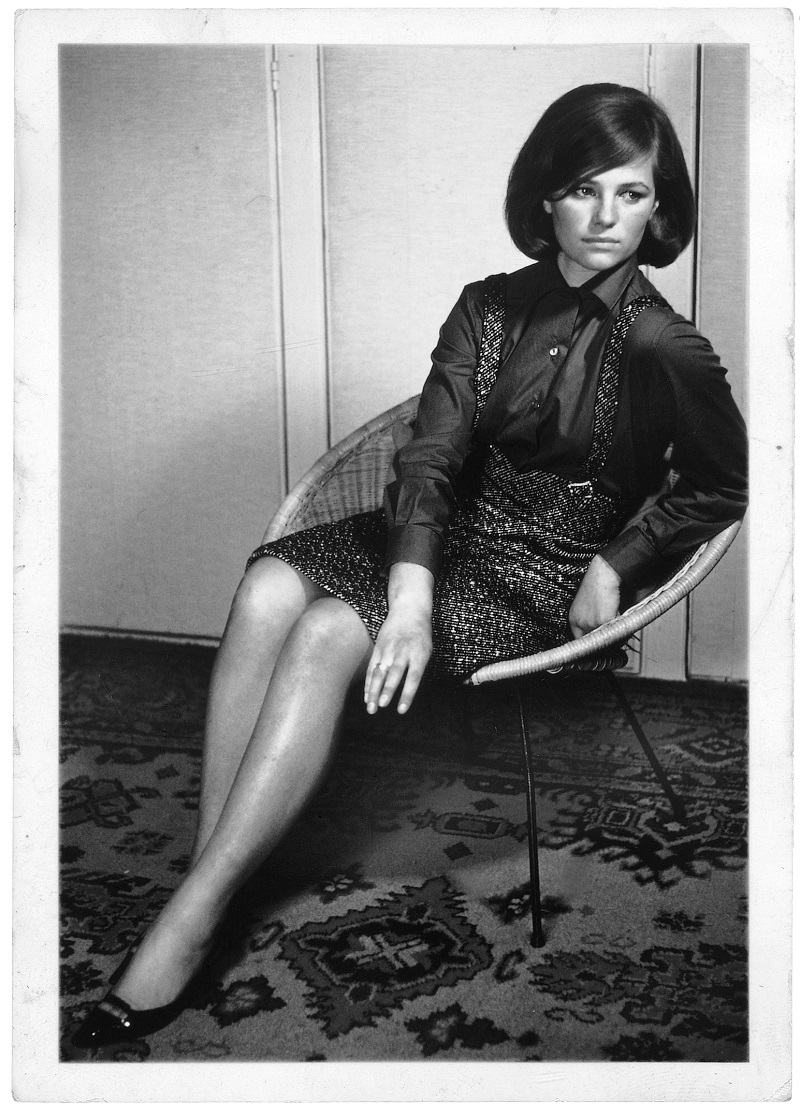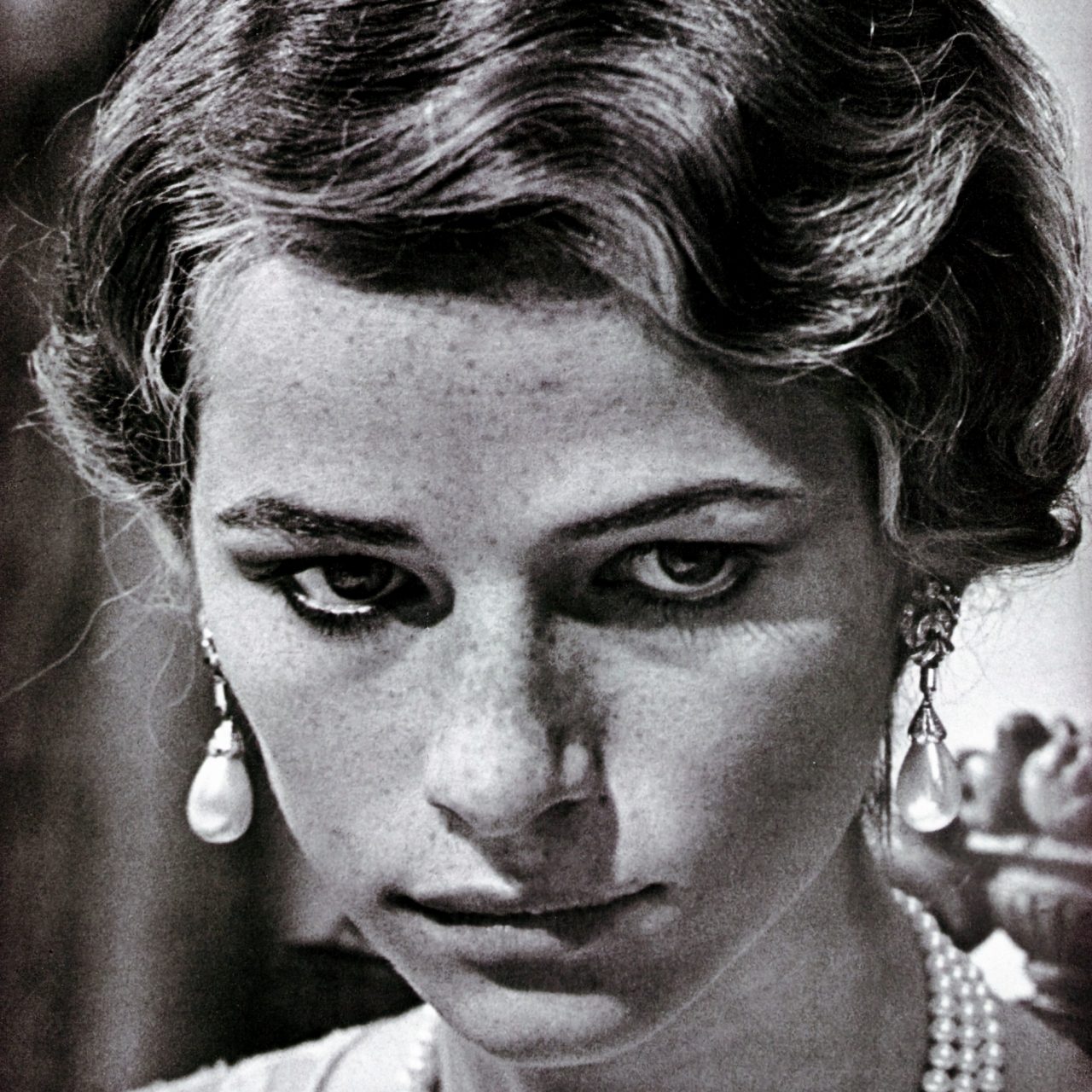Table Of Content

She never quite felt comfortable in that world and thought she wasn’t very good at what she was doing. She has been seen on the covers of Vogue, Interview and Elle magazines and CRUSHfanzine. In 2009, she posed nude in front of the Mona Lisa for Juergen Teller.[24] In 2009, Rampling appeared in Todd Solondz's Life During Wartime.
Life
The after-party at the French macaron cafe Ladurée SoHo was low-key. Waiters circulated with sliders, plates of oversize French fries and movie tie-in cocktails by Lillet. The space was small, so it didn’t take more than a handful of people (models in cutout dresses, Ms. Young and the actors Hill Harper and Isiah Whitlock Jr.) to make it feel crowded. It is rare to find a mention of Rampling that does not refer to her credentials as a muse. She has been a muse to François Ozon, who revived her film career in the late 90s, to designer Yves St Laurent and photographers Helmut Newton and Juergen Teller (posing nude for the latter in front of the Mona Lisa), and now to Andrea Pallaoro, too.
Juergen Teller and Charlotte Rampling: Artist and muse - BBC.com
Juergen Teller and Charlotte Rampling: Artist and muse.
Posted: Fri, 12 Feb 2016 08:00:00 GMT [source]
In Photos: Charlotte Rampling's Iconic Style
It can be easy to look back on Rampling’s career as a series of provocations. Her most infamous role, in Liliana Cavani’s The Night Porter, about the sadomasochistic relationship between an SS officer and a concentration camp survivor, was received with dismay by many critics, and banned in some countries. Was she trying to be provocative, or seeking out dangerous parts?

h Berlinale awards meet up to the festival's political reputation
Charlotte Rampling’s reputation doesn’t entirely make sense. She is an actress of extraordinary intelligence and sensitivity, with a rare, charismatic beauty and sexual force that has lasted well into her 60s. Charlotte Rampling grew up in England in the 1940s and 1950s, spending ample time across Europe. In her late teens, she began a career as a model, which quickly led to her being noticed and appearing many movies and TV shows.
Charlotte Rampling’s Unknowable Truth

I couldn’t be bothered with anybody telling me about anything so I don’t do that with my kids. If they want to chat about something, that’s different. But I’ll never put my opinion forward to them, because I think that’s handicapping people.
It was such a contrast to how she felt in real life. Things were incredibly difficult, but there, I felt just great.” She didn’t go on to study drama, or perform in school plays. She simply waited another year for an opportunity to ping in front of the good people of Stanmore. “Yes, I really was pinging,” she says, with that imperious cut-glass accent. “Pinging is when you’re at the right place at the right time, and you know you can just make magic happen everywhere.” We don’t ping often in life, she says, but when we do, it’s wonderful.
Susan King is a former entertainment writer at the Los Angeles Times who specialized in Classic Hollywood stories. She also wrote about independent, foreign and studio movies and occasionally TV and theater stories. Born in East Orange, N.J., she received her master’s degree in film history and criticism at USC. Herald Examiner and came to work at The Times in January 1990.
Rampling, who has never been nominated for an Academy Award, has been getting a lot of Oscar buzz for her radiant performance. She recently received the European Film Award, and the Los Angeles film critics group awarded her its lead actress honor. “He could have a lot of skeletons coming out of the closet,” Rampling said, laughing. Rampling has been married twice and has two adult children. The film deliberately doesn’t let audiences know that much about Kate and Geoff’s history early in the film. “Andrew leaves so much to the imagination of the people watching,” noted Courtenay.
More From the Los Angeles Times
While Rampling's legacy was somewhat set in stone through her work in the '70s and '80s, she slowed her acting pace down as the century closed. In the early 2000s, she returned to more prominence, primarily in the works of Francois Ozon such as "Swimming Pool" (2003) as well as more mainstream fare like "Spy Game" (2001) and "Babylon A.D." (2008). She continued her late career resurgence with a celebrated turn in the miniseries "Restless" (BBC One 2012) and an award-winning role in "45 Years" (2015), culminating in an Oscar nomination.
Everything hangs on Rampling’s face, her familiar heavy eyelids and downturned mouth, showing horrors but not speaking them. With this and 45 Years, she says, she is finally making the kind of films she has always wanted to make. She arrived at Gare du Nord in time to catch her train from Paris to London, but when she got there, she realised she had left her passport at home. She has just moved, she explains, to a new place in Paris, the city in which she has lived for decades, and nothing is where she expects it to be.
She first appeared an extra in The Beatles movie "A Hard Day's Night" (1964) and her official credited debut was a year later in the British comedy "Rotten to the Core" (1965). A few years into her acting career, she became a favorite of the '70s European indie film scene, with notable controversial roles in "The Damned" (1969), "The Night Porter" (1974), and "Max, Mon Amour" (1986). She made a dent in American film as well, with a role in the Woody Allen film "Stardust Memories" (1980), the Sean Connery-starring sci-fi flick "Zardoz" (1974), and the Raymond Chandler adaptation "Farewell, My Lovely" (1975).
They so love beauty and they so love what they’re doing, they so love the actual art of filmmaking. I don’t think Fellini’s films or Visconti’s films ever made any money. It was so different from the way the English and the Americans were working, there was such passion.
A year later she struck gold with the 60s classic Georgy Girl, an upbeat comedy with a dark underbelly in which she played posh mean-girl Meredith. I remind Rampling of the trailer, which describes her as a “sexy little dish” and “a doll never out of trouble”. Rampling starred in Claude Lelouch's 1984 film Viva la vie (Long Live Life), before going on to star in the cult-film Max, Mon Amour (1986), and appear in the thriller Angel Heart (1987). For a decade she withdrew from the public eye due to depression. In 1997, she was a jury member at the 54th Venice International Film Festival. After this, her acting career blossomed in both English and French cinema.
Her CV, which remains Disney-free even in her later years, testifies to her resistance to all that is Hollywood. Her big break came in 1974, when she appeared in the controversial art house film The Night Porter. Rampling portrayed a concentration camp survivor caught up in a sadomasochistic relationship with a former Nazi officer, played by Dirk Bogarde.


No comments:
Post a Comment